On the face of it, something as outrageous as the Lamborghini Murciélago LP670-4 Super Veloce ought to be fairly hard to ignore. Just look at the thing.
Better still, key it on and listen to the last and greatest iteration of Giotto Bizzarrini’s V12, the legendary Lamborghini twelve-pot that can trace its lineage all the way back to the birth of the company, some 60 years ago. Yet this is a car that has only recently earned its due appreciation.
If you know your Lamborghini history, you’ll know that the tall V12 never actually fitted beneath the bonnet of that first and ultra-shapely Scaglione-styled 350 GTV, and that car appeared on the stand at the 1963 Turin Show with 500kg of ceramic tiles under the bonnet instead.
It wasn’t until ‘64 that the production 350GT appeared, with its markedly less aggressive front end housing the twelve-cylinder behemoth.
So we know where the engine began and where it ended up. Along the way, the Bizzarrini production powerplant increased in size by 3032cc (87 percent), in power by 284kW (136 percent) and in torque by 335Nm (103 percent). Displacing 6496cc, the aluminium alloy 60-degree V12 plumbed into the middle of the Murcielago SV is good for a heady 493kW at 8000rpm and 660Nm at 6500rpm.
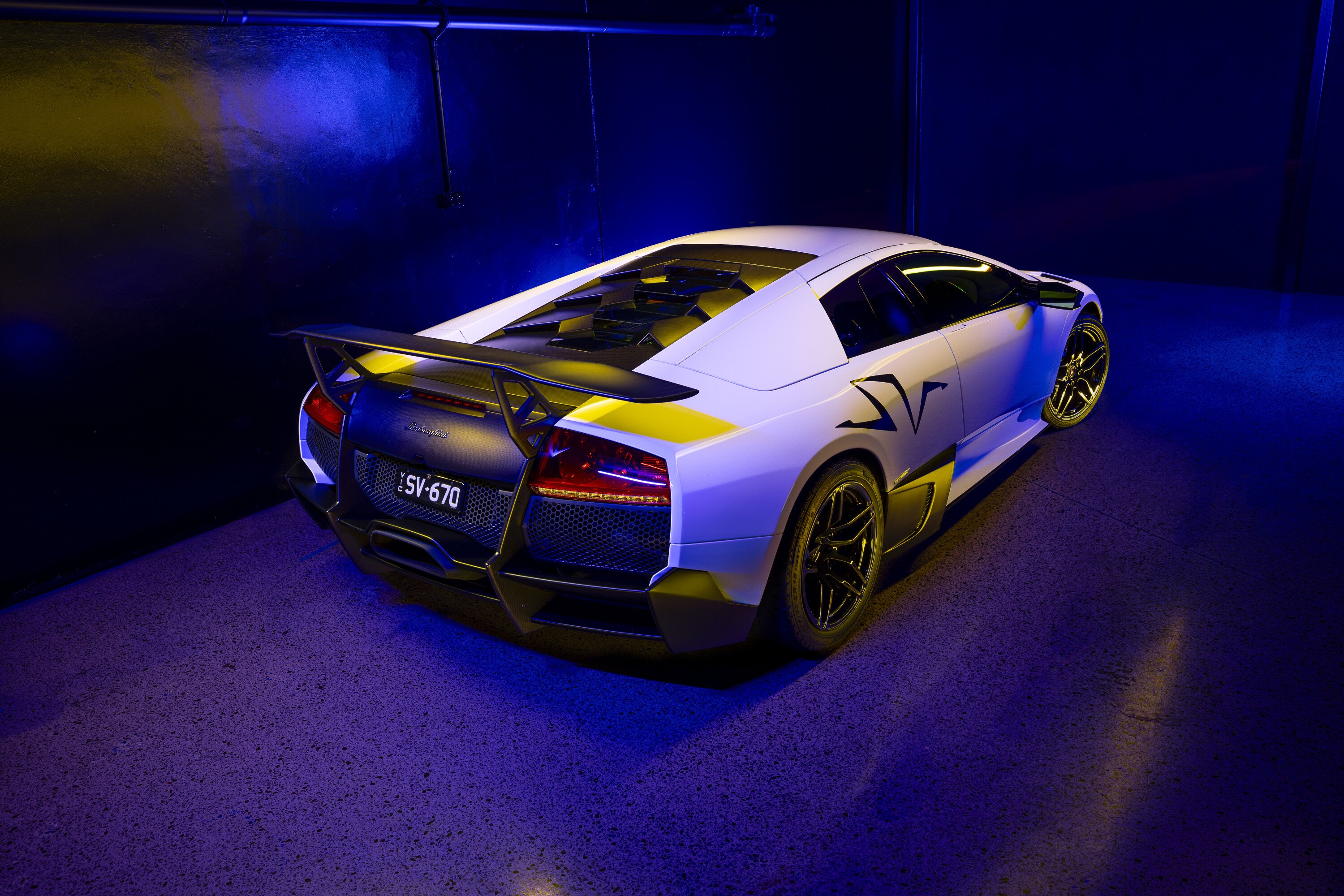
Visit the factory and you’ll realise that the car is wrapped around the engine, transmission and exhaust units in much the same way that the fuselage of an A-10 Thunderbolt jet is shrink-wrapped around its GAU-8 cannon.
The snub nose of the Murciélago means that this assembly accounts for around 75 percent of its length and the aperture required before the running gear is lifted in is cavernous.
But in these straitened times, a car that’s largely defined by its engine is something that ought to be celebrated. And what an engine it is.
On paper, it lacks the herbs of its successor, the Aventador LP700-4, but there’s an earthiness to the Bizzarrini V12 that feels as if its almost been uprooted from the clay soils of the Emilian Plain, something almost agricultural in its gutsiness that then becomes operatic in the upper registers.
By contrast, the revised firing order and shorter stroke of the successor V12 fitted to the Aventador give it a very different character: cleaner, crisper and more responsive but there’s a slight tang of Germany in its genes.

But we’re getting ahead of ourselves. While we can trace a mid-engined bloodline for this car all the way back to the Miura of 1966, via Countach and Diablo, the Murcielago couldn’t have happened without Audi. It’s there for everyone to see, clear as day; the gulf in quality and execution between the Lamborghini-era Diablo and the Audi-directed Diablo 6.0-litre.
Emerging from the harsh but necessary cost-cutting era of Vittorio di Capua, Project 147 – as the Murciélago development program was known – kicked off in a distinctly chaotic manner.
Plans to replace the Diablo had been a long time in gestation. Back in 1995, three years before Audi became involved with the business, a super-Diablo was planned, running on a modified Diablo chassis with the most powerful V12 available.
Development was split into two competing camps. On one side was a Marcello Gandini-styled proposal; on the other a computer-designed shape, courtesy of Norihoko Harada from styling house Zagato. This featured huge air intakes atop the rear haunches, designed as a workaround because the Diablo’s radiators couldn’t be moved.
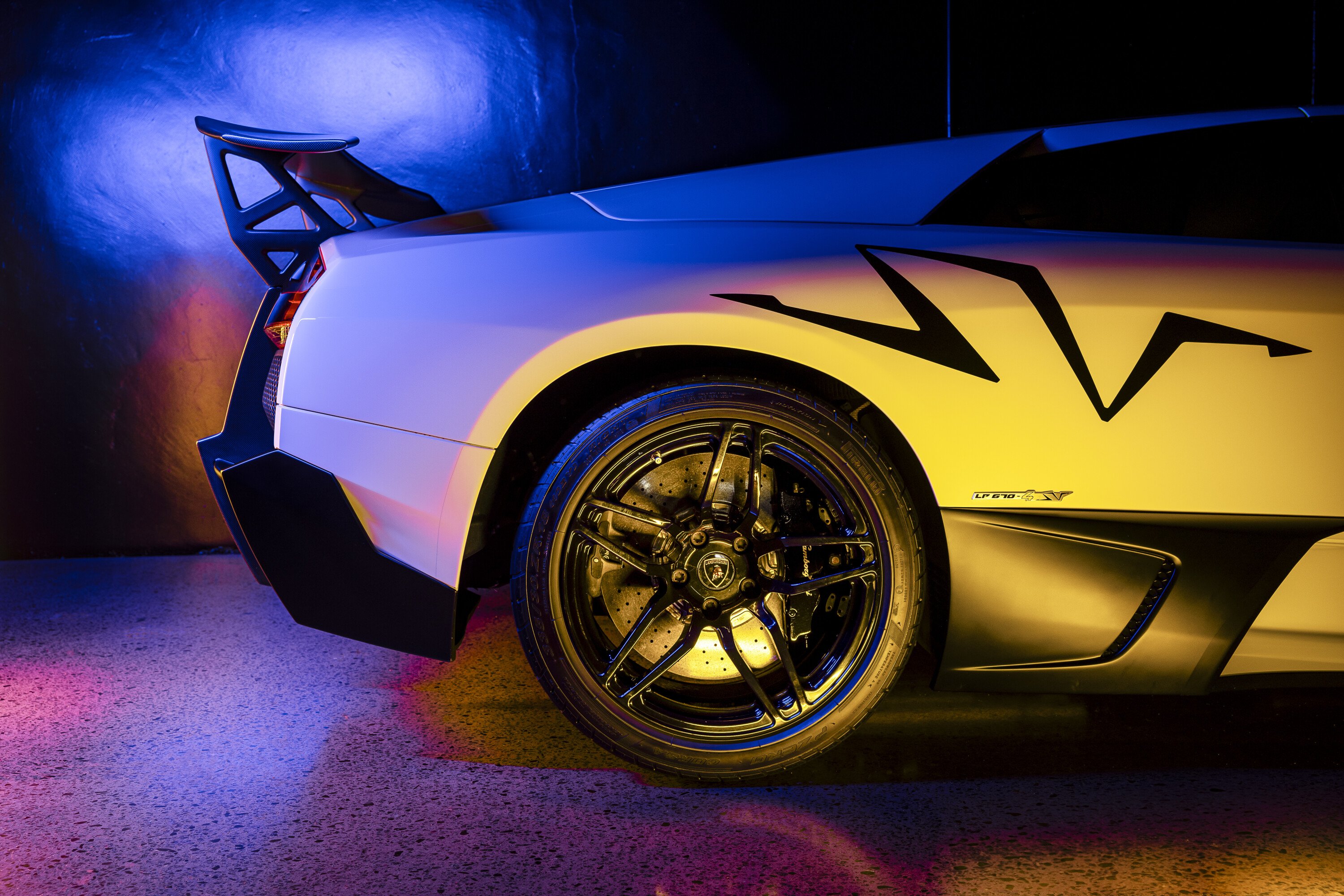
By 1997, test cars were being snapped by spy photographers, with the car carrying the working title Canto, but the following year Ferdinand Piech decreed that the styling was too dated and too weak and tore the project to shreds.
At the last minute, he pulled the revised Canto from display at the 1999 Geneva Show and commissioned Belgian stylist Luc Donckerwolke to design something dramatically, authentically Lamborghini.
Donckerwolke solved the airflow cooling issue by introducing the Murciélago’s signature motorised rear intakes and insisted on a sleeker fly-line for the glass house. The Canto project was not entirely for naught, however, as the basics of the interior architecture were grafted into the Murciélago.
Technically, the Murciélago was a derivation of the Diablo, built around a steel tubular frame coupled with carbonfibre body panels, with aluminium used for the roof and doors.
The DOHC 48-valve engine evolved from that of the Diablo 6.0 – that car’s bore and stroke of 87 and 84mm were stroked to 86.8mm for another 200cc of swept capacity.

It was mated to the first six-speed gearbox in Lamborghini’s history, while all roadgoing cars featured the VT all-wheel drive system. The engine saw its final increase in capacity with the facelifted LP640-4 model in 2006, rising to 6496cc thanks to bore and stroke enlargements to 88 and 89mm respectively.
The Super Veloce arrived in 2009, conveniently fitting into the 80s, 90s and 00s edict of our Modern Classic section. Over the eight years it had been in production, the soap-bar smooth styling of the Murcielago was beginning to date, despite the remedial action taken by Filippo Perini’s 2006 update.
The simple surfacing of the Lamborghini contrasted with the muscular, contoured shape of the Ferrari 458 Italia (2009), the neo-brutalism of the Mercedes-AMG SLS (2010) and the F1-inspired box-arched Ferrari Enzo (2002).
The Super Veloce left the basics alone, but added some long overdue aggression to the Murciélago’s body. The front intakes grew into huge trapezoidal maws, with sharp blade elements lending even more visual punch.
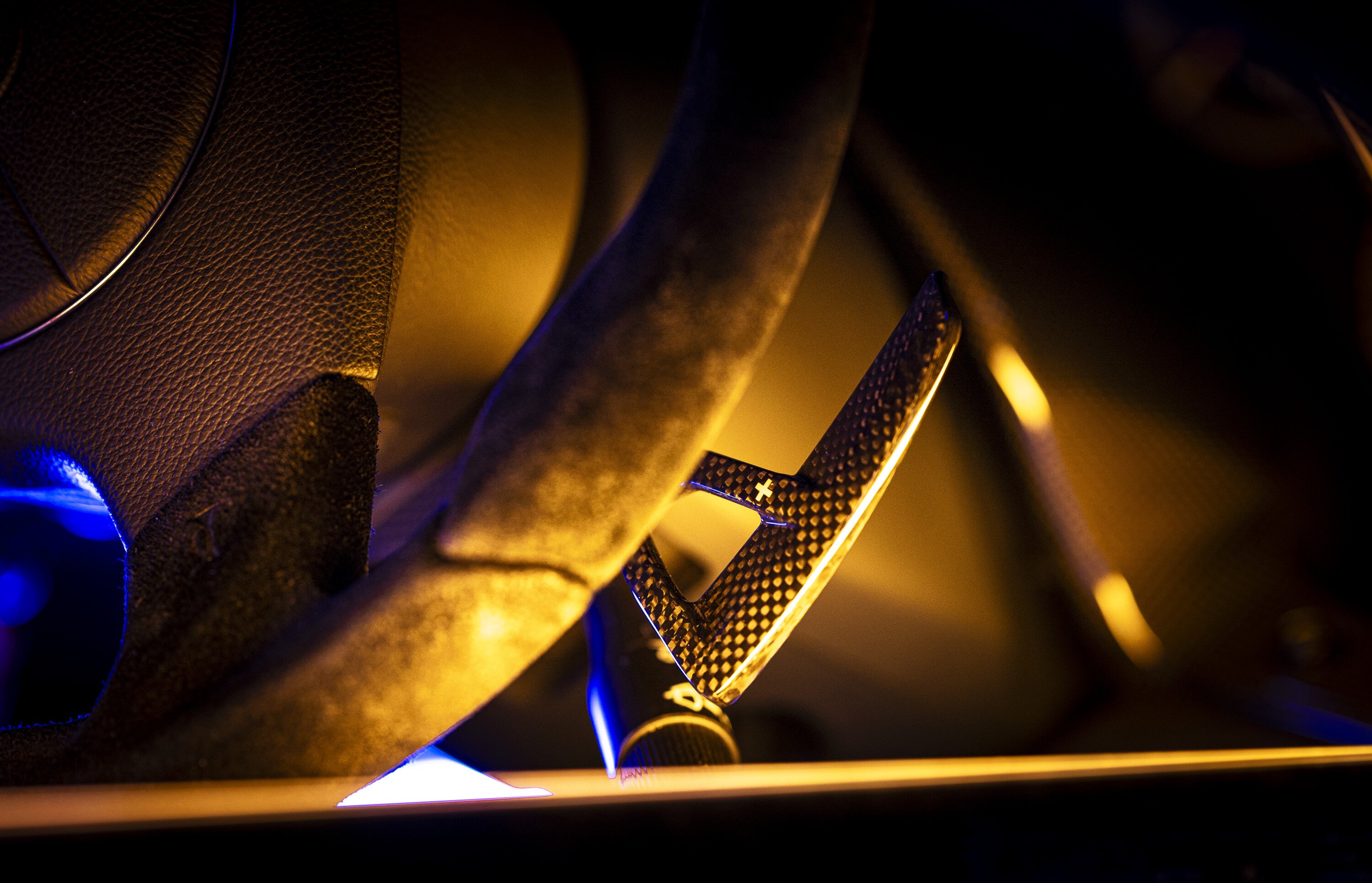
There was the option of two different fixed rear wings, but virtually every customer opted for the big one. Ditching the motors of the LP640’s active aero saved 13kg back there, and beneath the skin, the spaceframe was updated with high-tensile steels to save 20kg, while a lighter exhaust and a revision of the gusseting and bracing in the engine bay saved an additional 33kg.
Another option that almost nobody chose was the manual gearbox. It’s believed that of the 261 Murciélago SVs that were sold, only five featured three pedals and a stick (and a mere 70 were right-hookers).
It may not have escaped your attention that the Murciélago SV was launched right into the teeth of the Global Financial Crisis. This scuppered Lamborghini’s plans for a 350-car production run. Slowish sales of a run-out model meant that SV production was wrapped up long before that target could be reached in order to rejig the production lines at Sant’Agata for the box-fresh Aventador.
Did this dent the Murciélago SV’s legacy? In the short term, maybe. It was viewed as something of a commercial flop, but the benefit of hindsight helps cement this car’s legacy as one of the all-time great Lamborghinis.
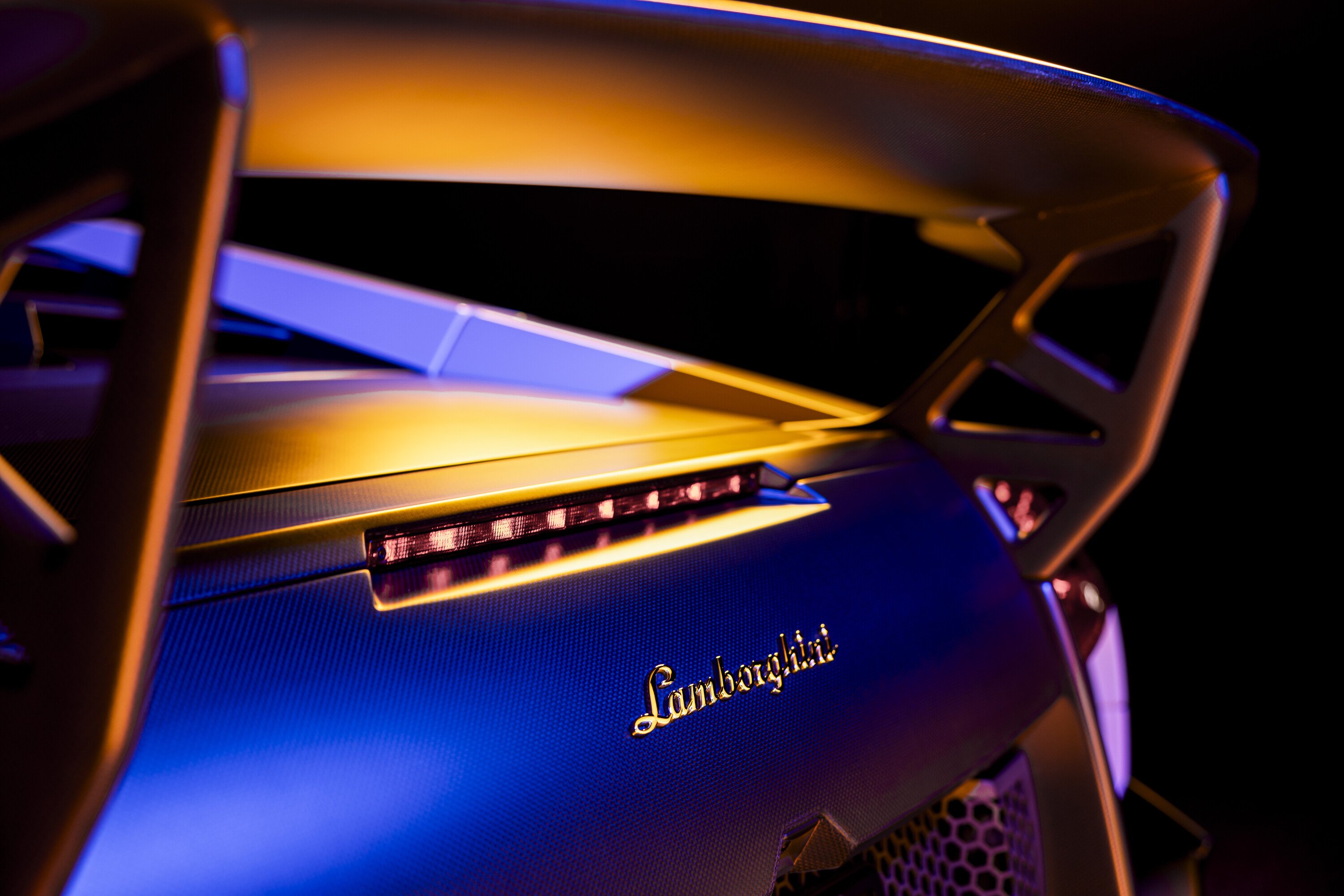
Indeed, some argue its place as the most desirable of the lot; the final furious fling of the engine that built Lamborghini.
It’s a car that feels as if it has one foot in the past and another in the present. It’s fitted with a rudimentary traction-control system but you’ll search in vain for electronic stability control or launch control. The single-clutch automated manual isn’t the last word in sophistication, and shifts up some way short of the redline in the first three gears as if to save the engine from grenading itself.
The ride and handling package, however, are excellent. The short-travel dampers let you know what’s happening at the front contact patches, helped by a revised steering set-up that builds confidence in the front end like no Murciélago before.
Whereas even the LP640 can feel like a bit of an arm wrestle, the SV can be guided confidently into a corner, trailing the carbon-ceramic brakes, and feeling the chassis balance become neutral, feeding power gently at the apex.
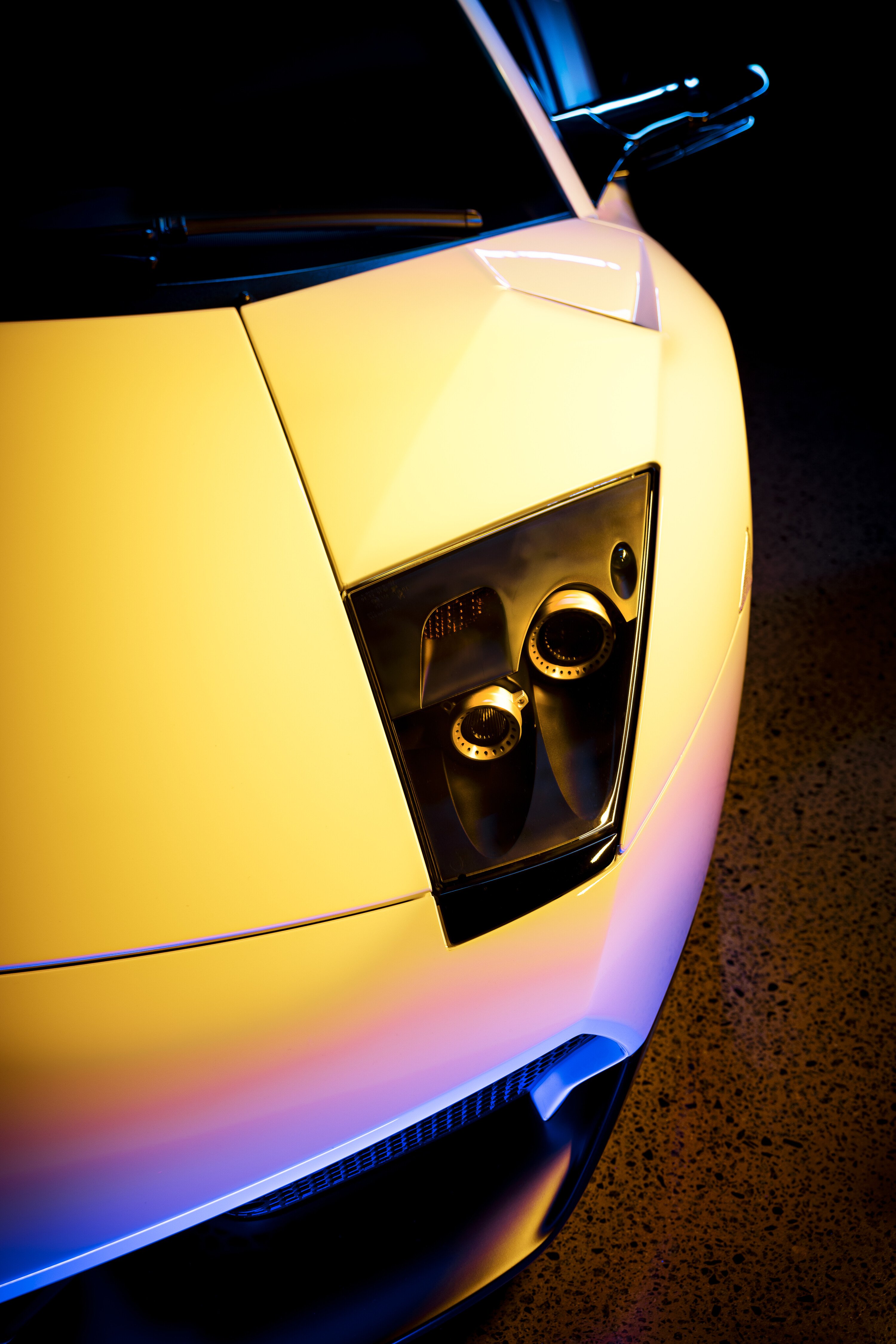
Of course, with this sort of power, weight distribution and lack of electronic nannies, the SV can and will bite if you’re injudicious, but it nevertheless feels like the driver’s car the Murciélago always promised to be.
Inlet timing, valve lift and that freer-breathing exhaust help to liberate an extra 22kW over the standard Murci’, but that’s what? Less than five percent more power? On its own you’d probably have difficulty discerning that additional thrust.
Shaving around 100kg from the standard car helps too, lifting the power-to-weight ratio from 283 to 315kW/tonne, but to get that figure you’ll need to do without niceties like air conditioning and infotainment.
Lamborghini reckoned this was enough to drop the 0-100km/h time from the LP640’s 3.4 seconds to 3.1 seconds, but with all-wheel drive and a dry strip, it’s fairly easy to beat that figure. Top speed? Well that depended on which wing you optioned. The big wing limits you to a mere 337km/h while the smaller one sees that top end eke out to a vaguely academic 342km/h.
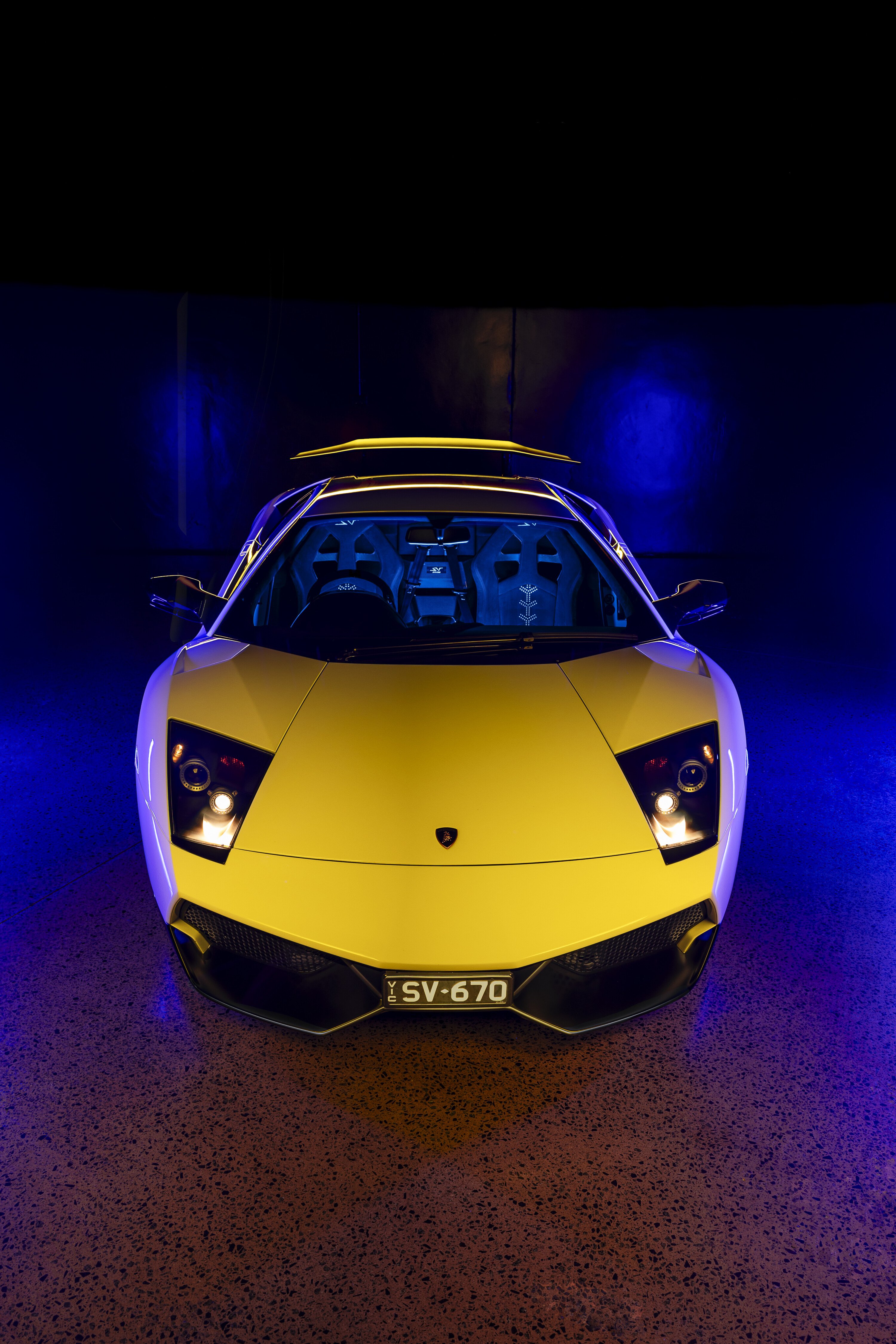
As much as we heap plaudits upon the soundtracks of the great V10s like the Porsche Carrera GT and the Lexus LFA, a Murciélago SV at full noise is absolutely electrifying. Knowing that there’s no stability control safety net only serves to amp up the adrenalin still further. It’s one of the very last properly hairy-chested supercars.
One question that continues to hang in the background surrounding this car is whether we can celebrate the Murciélago SV without denigrating its successor, the Aventador.
Lamborghini could argue, with some justification, that the market has already spoken on that one. Across its lifespan, the Murciélago sold 455 units per year, where the Aventador sold 1042 units per annum across its lifespan. In case you were wondering, the Diablo’s numbers are 262, the Countach is 124 and the Miura a mere 109 cars produced per year.
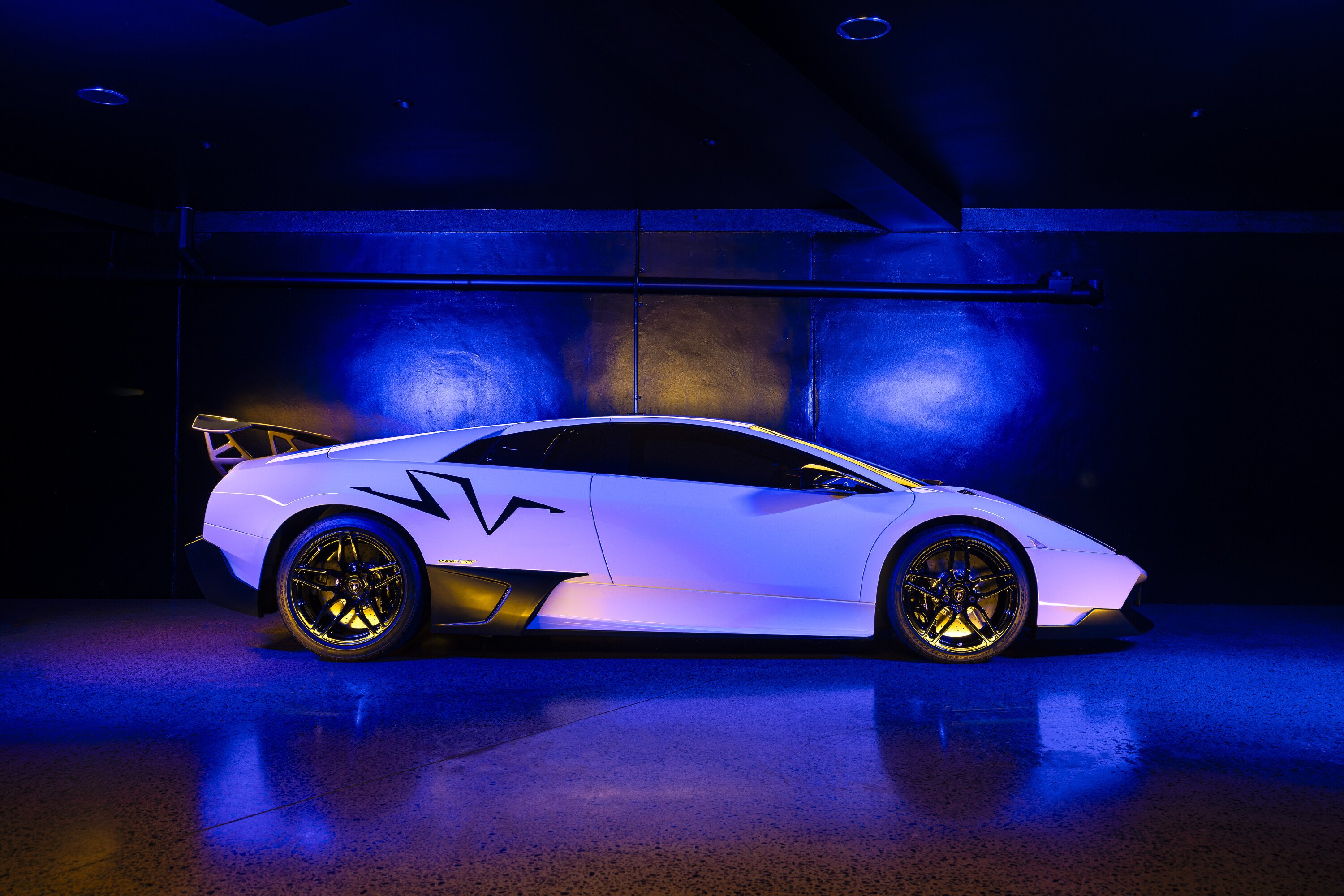
The Murciélago SV appeals to a different buyer to the Aventador LP700-4. It’s the last of the artisan Lamborghinis, and its engine and spaceframe chassis tell a story, that of a lineage that can be traced from the 1960s across the decades.
The Aventador was a clean reboot, and is none the worse for that. It was required, it was executed extremely competently and it cleverly retained enough Lamborghini DNA.
The final Ultimae models will always retain a cachet as the last of the pure ICE Lamborghini V12s.
But the Murciélago SV is the special one, be in no doubt of that. As we transition towards an electric future, all of the things that we know we’re going to miss are exemplified in this car better than pretty much any other. The rawness, the charisma, the purity of bloodline, the tactility – it’s all there in the Lamborghini Murciélago SV. It just took a while for us to realise.
Fast facts
Lamborghini improved the durability of the clutches on the e-gear cars in 2009, which helps if the SV sees a bit of urban use. The Pirelli P Zero Corsa tyres are around $4000 for a full set.
Throttle bodies can go out of tune, which is sorted by updating the LDAS software and some cars can mysteriously enter limp mode, for which dealers will diagnose – and charge for – a new clutch. The fix is a whole lot simpler and entails checking the ABS control module connector plug for corrosion.
There are a couple of pins that send traction control information to the engine ECUs which retard power, disable the nose lift and illuminate the traction and e-gear lights. If these pins show green corrosion, replacing or cleaning the pins and adding some conductive paste will often be the fix that’s required.
| Lamborghini Murciu00e9lago LP670-4 SV | |
|---|---|
| Engine | 6496cc V12, dohc, 48v |
| Max power | 493kW @ 8000rpm |
| Max torque | 660Nm @ 6500rpm |
| Transmission | 6-speed manual/6-speed single-clutch auto |
| Weight | 1746kg |
| 0-100km/h | 2.8sec (claimed) |
| Price (now) | from $700K |
We recommend
-
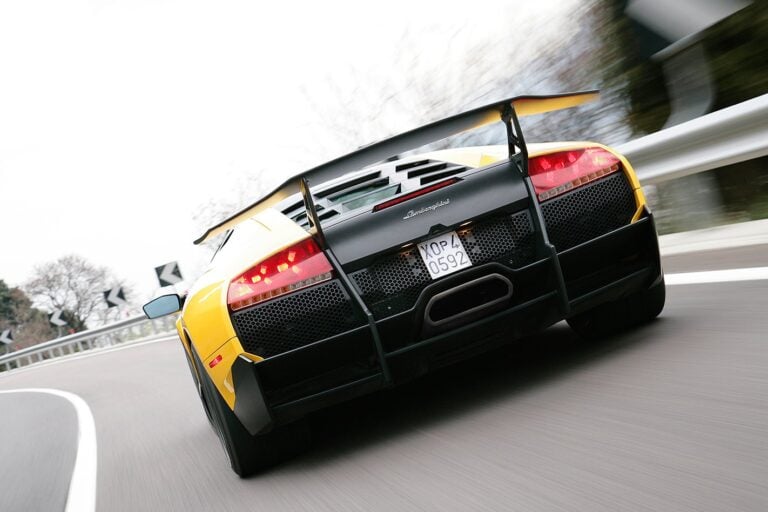 Reviews
ReviewsLamborghini Murcielago SV review
Lamborghini’s final Murcielago bows out in heroic style
-
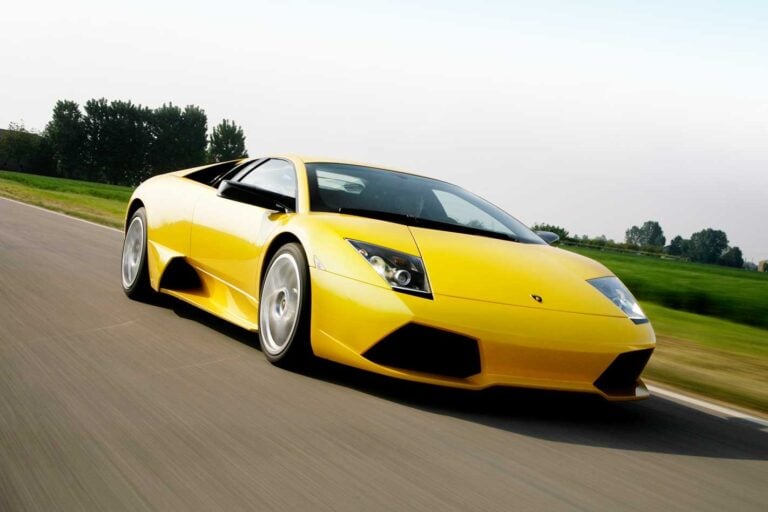 Reviews
Reviews2006 Lamborghini Murciélago LP640 review: classic MOTOR
Updated LP640-spec Murcie demands your full attention in every way
-
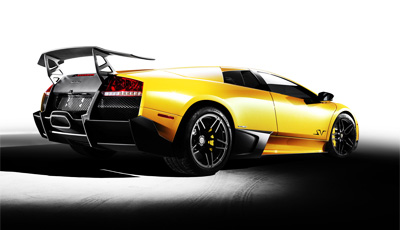 Events
Events2009 Geneva Show - Lamborghini Murcielago LP 670-4 SV
The SuperVeloce returns like the prodigal son.






